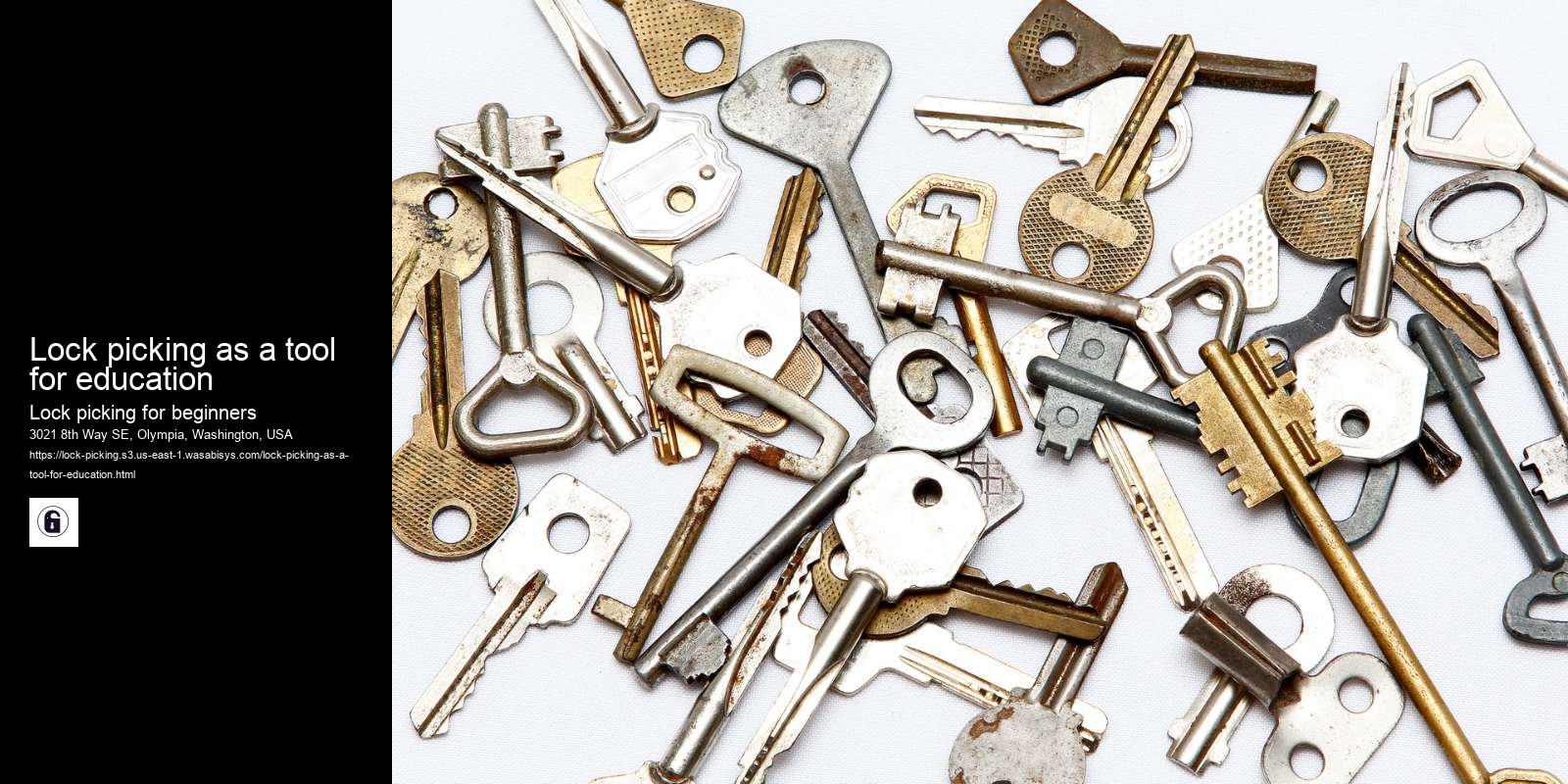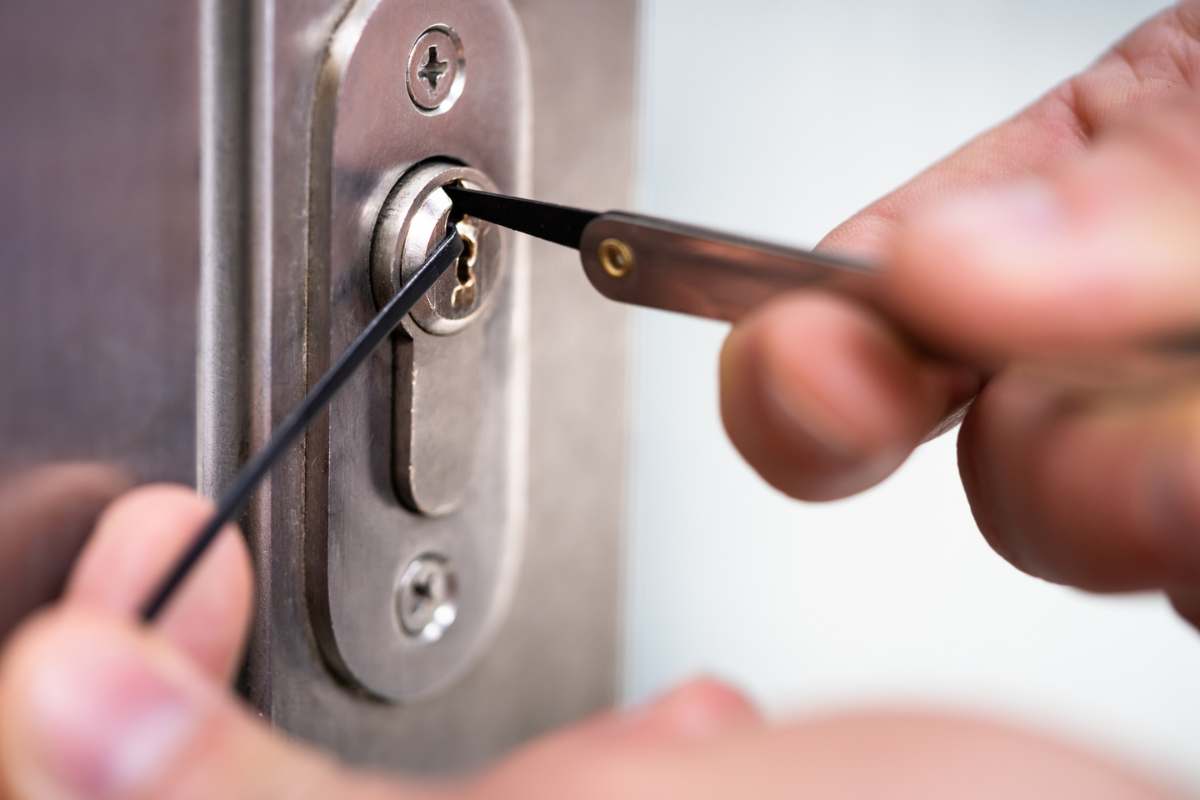What is a bump key?
Bypassing: Bypassing involves manipulating the lock or its housing in a way that allows it to be opened without directly manipulating the pins or other internal components of the lock. This can include using a shim or a knife blade to manipulate the latch or shackle of a padlock, for example. Bypassing may not work on all types of locks and is generally considered less reliable than other methods.
Lockpicking techniques can be learned through practice and experimentation, but it is important to remember that lockpicking should only be used for lawful purposes and with the permission of the owner of the property being unlocked.
Lockpicking can be a challenging skill to master, as it requires a combination of technical knowledge, manual dexterity, and patience. Some people may find it easier to learn than others, depending on their natural abilities and experience with related skills such as tinkering or puzzle-solving.

